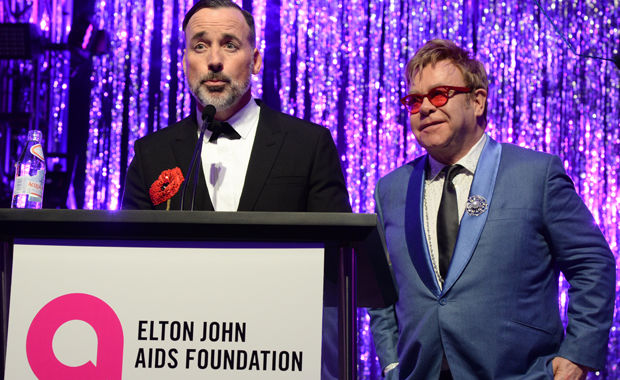Breast Cancer Researchers Are Zeroing in On Inventive Solutions To Breast Cancer
Research and Innovations Over the last two decades, two very good things have taken place to change the lives of those affected by breast cancer for the better.

Over the last two decades, two very good things have taken place to change the lives of those affected by breast cancer for the better. Number one: awareness of the disease, which affects one in nine Canadian women in their lifetime, has sky-rocketed and corporate and community partners have jumped on board to support fundraising initiatives that raise money to help fund breast cancer research, such as the innovative Cashmere bathroom tissue White Cashmere Collection, a fashion collection entirely crafted in bathroom tissue or the Canadian Breast Cancer Foundation's CIBC Run for the Cure.
Number two: targeted research has dramatically improved earlier detection, diagnosis and treatment, decreasing the mortality rate by a whopping 44 percent since the peak in 1986. In terms of treatment, “over the last five to 10 years, there’s been a move towards personalized medicine where we try to understand the unique traits of each patient so that you can design the optimal treatment for them,” says breast cancer researcher Dr. Juliet Daniel of McMaster University.
Triple negative breast cancer
Dr. Daniel is currently studying why women of African Ancestry are disproportionately affected by triple negative breast cancer (TNBC), a subgroup that makes up 12 to 15 percent of all cases of this complex disease. Despite significant declines in breast cancer-related deaths overall (88 percent of people with breast cancer are alive at least five years after their diagnosis, compared with 73 percent in the 1980s) the mortality rate for TNBC is high because there are no specific therapies for this subtype.
“There has been tremendous progress in the treatment of breast cancer over the last 50 years, really tremendous, survival is so much higher.”
“The high prevalence of TNBC in women of African Ancestry strongly suggests a genetic predisposition to this breast cancer subtype,” says Daniel. She will be conducting research by collecting tissue samples from women of African ancestry in Barbados and Nigeria, and comparing them to women of similar ancestry in more mixed populations of the Hamilton and Toronto area. She hopes to discover genetic differences that may explain or may be the cause of the high prevalence in these women. “By focusing on this population of women, we hope to identify early indicators of this aggressive disease and/or new targets for successful treatment,” she says.
Daniel, who received funding for the study from the Canadian Breast Cancer Foundation (CBCF), points out the importance of funding basic research, some of which helps scientists understand how molecules function in a healthy cell as well as how they malfunction in a cancer cell. “If we don’t fully understand all the proteins and how they are working in a cell, it becomes difficult to design a drug that specifically targets the protein function in tumor cells without affecting its normal function in healthy cells,” she says.
Project evaluates the impact of genetic testing
CBCF, which is Canada’s largest non-governmental funder of breast cancer research, is also funding an innovative research project by Dr. Nancy Baxter from St. Michael’s Hospital in Toronto. Baxter will follow over 10,000 Ontarian women who have been tested for the BRCA1 and BRCA2 genes to determine whether medical decisions they made influenced their risk of future cancers.
“We are interested in what happens in the real world,” says Dr. Baxter, who adds that little information is known about the choices women make after testing. Baxter will try to determine whether women who tested positive for the gene mutation (about one-fifth of the total number of women to be studied) actually follow up with screening or surgery.
Generally, women with a family history of breast cancer are screened for the BRCA1 or BRCA2 gene, with those who test positive at increased risk for developing breast cancer. About 10 percent of the women who will be studied have a variant of unknown significance (which means there is no information about the gene changes revealed by testing, and whether they would increase the risk for cancer). Baxter points out that this is the first research project that looks at whether women in this category go on to develop breast cancer.
Baxter will also study the medical decisions of women who test negative for the mutation. “I have a feeling we’re going to find that women whose families have been affected in a terrible way by this disease are having breast procedures at a higher rate than the typical woman,” she says.
From Dr. Baxter’s perspective, even more advances need to be made in breast cancer treatment. “A number of women would have been fine without chemotherapy or radiation or hormonal therapy - and there are also women who die even though we give them those treatments,” she says. Still, she acknowledges the immense headway that has been made. “There has been tremendous progress in the treatment of breast cancer over the last 50 years, really tremendous, survival is so much higher.”


